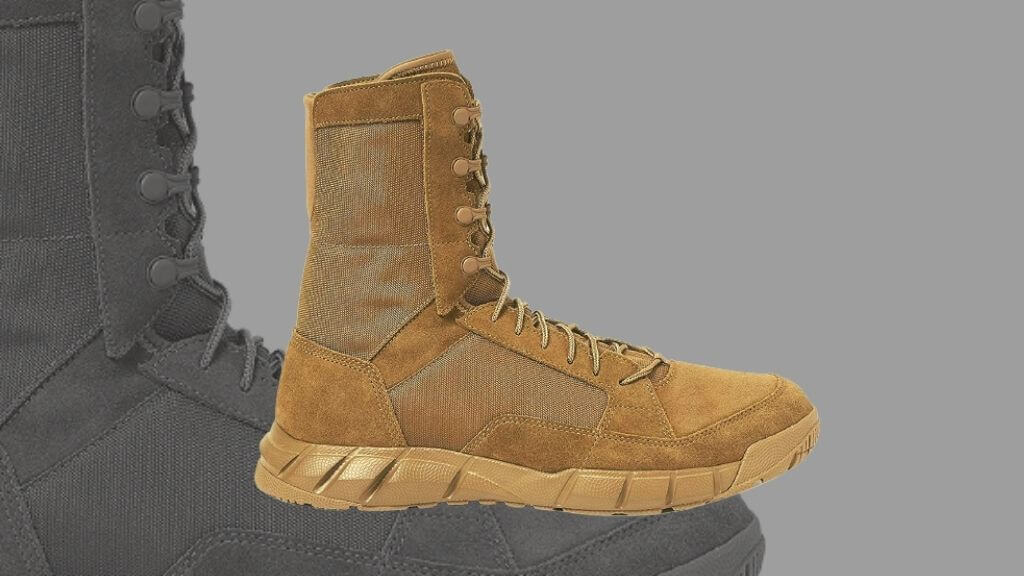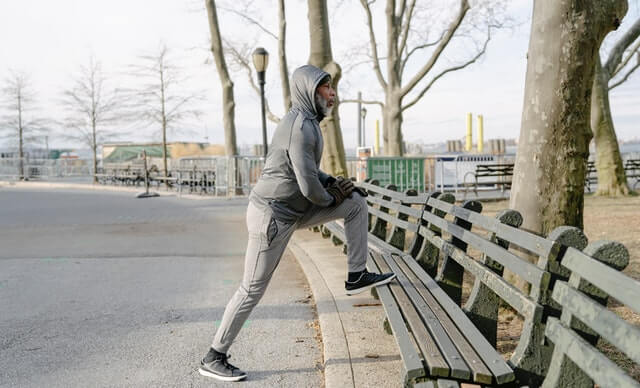Rucking is an exercise that has recently gained popularity and it’s not hard to see why. It is a great way to work out while enjoying the scenery, and often you can have a friend or family member join in.
But does this type of exercise come at a cost? Some ruckers have been experiencing knee pain when they’re rucking.
Is this just a coincidence or is rucking bad for your knees?
When done correctly, rucking won’t lead to knee injuries. Nevertheless, people may experience knee injuries if they ruck without sufficient preparation or if they overdo it. Damages can typically stem from carrying too much weight, preexisting injury, or from rucking too frequently.
How to Prevent Knee Injury from Rucking
Rucking is a form of backpacking and military marching. This type of training is often done by members of the military to prepare them for combat, as well as by civilians who use it as an alternative to running or jogging.
However, there has been some concern that rucking may be detrimental to the knees due to the impact that this type of exercise can have on one’s joints.
Here are some ways to prevent knee injury from rucking:
Invest in Good Gear
Many people are drawn to rucking as a form of exercise because it’s low-impact, not expensive, and something that can be done almost anywhere.
In order to make sure you reduce the risk of injury, you have to invest in high-quality boots that are designed to be used in the military.

It is essential to invest in quality shoes that provide better support for the feet and ankles when practicing this activity. You can also wear boots or other kinds of footwear with good arch support to make it easier for you.
Ruck the Right Way
Most people assume that rucking is bad for your knees. Some people believe that this could be due to the weight of the backpack. But there are many benefits to rucking, even if it does cause some knee issues if done incorrectly.
When you walk or run, your knee joints compress and stretch as you land on each step. As a result, symptoms like arthritis, swelling, and pain can flare-up.
When you ruck you want to ruck not run. Running can cause some serious problems and put more pressure on your knees and back. Another thing to keep in mind if you want to be safe is to not add too much weight all at once.
Remember to Take Breaks

Working out without taking a break is enough to make anyone feel fatigued and sore.
Resting periodically can help keep your back muscles loose and prevent them from becoming more painful. A short break every hour will help these tight muscles heal and prevent the chance of injury.
Start off with smaller distances, since small loads are less strenuous on both your body and your mind. Allow your body the recommended time to rest and recover, which can be accomplished through cross-training or taking days off and staying active throughout the week.
Maintain Good Posture
Do not be too forward when rucking. Strive to lean back more than usual while you walk or run, ensuring that you evenly distribute your body weight between your legs.
It helps prevent excessive arching in the bottom of the spine, which can lead to back pain as a result of less cushion between vertebrae disks.
If you distribute the weight evenly on your legs you can avoid putting too much pressure on one leg only which can lead to knee pain or injuries.
Prioritize Longevity
Pay attention to the level of pressure you are using on your knees and make adjustments as necessary. If it feels too much, try removing some weight from your bag so it won’t be taxing to your joints.
Think about long-term gain and health and start slow. It’s not a race about who can carry the most weight. This kind of mentality can lead to many injuries.
Warm-up

Stretch slowly and perform light warm-ups prior to a workout. If you don’t take the time to stretch and warm up slowly, you may suffer problems, including injuries.
Warm-up by moving your joints and muscles through a slow range of motion for about five minutes using a moderate level of activity each time.
Consult a Doctor
It is essential to consult with your doctor before you start any sort of physical exercise if you had an injury that might affect your fitness program. Your doctor can advise you about the best program for your condition.
We are not medical professionals so if you want medical attention, we recommend that you begin by going to your doctor’s office.
Why Do Knees Hurt After Rucking?
This can be caused by a knee cap that is difficult to position or too weak between the thighs. If the muscles around the kneecap are weak or tight, this can also result in the runner’s knee.
The other common reason for knee pain is muscle tightness. This can be caused by poor muscle balance. The muscle between the thigh and the knee can be tight. If this happens, the thigh muscle is pulling, and the knee cap is not able to move properly.
Let’s look at some things that might be causing knee joint pain:
- Past injuries
- Bad posture
- Overtraining
- Improper conditioning
If you feel like the pain is a bit too much we recommend that you go see a doctor.
Final Thoughts
In conclusion, it appears that rucking is not bad for your knees, but it can cause some pain and discomfort.
Those who are prone to knee injuries should probably avoid rucking.



